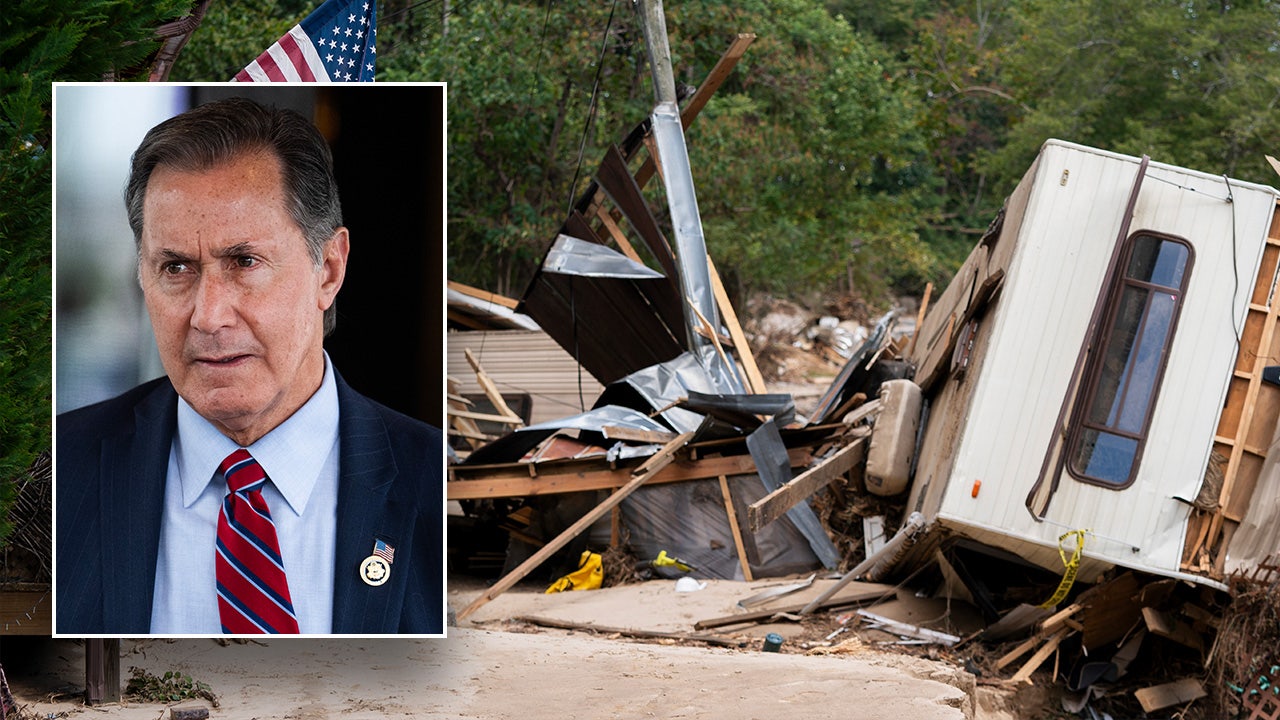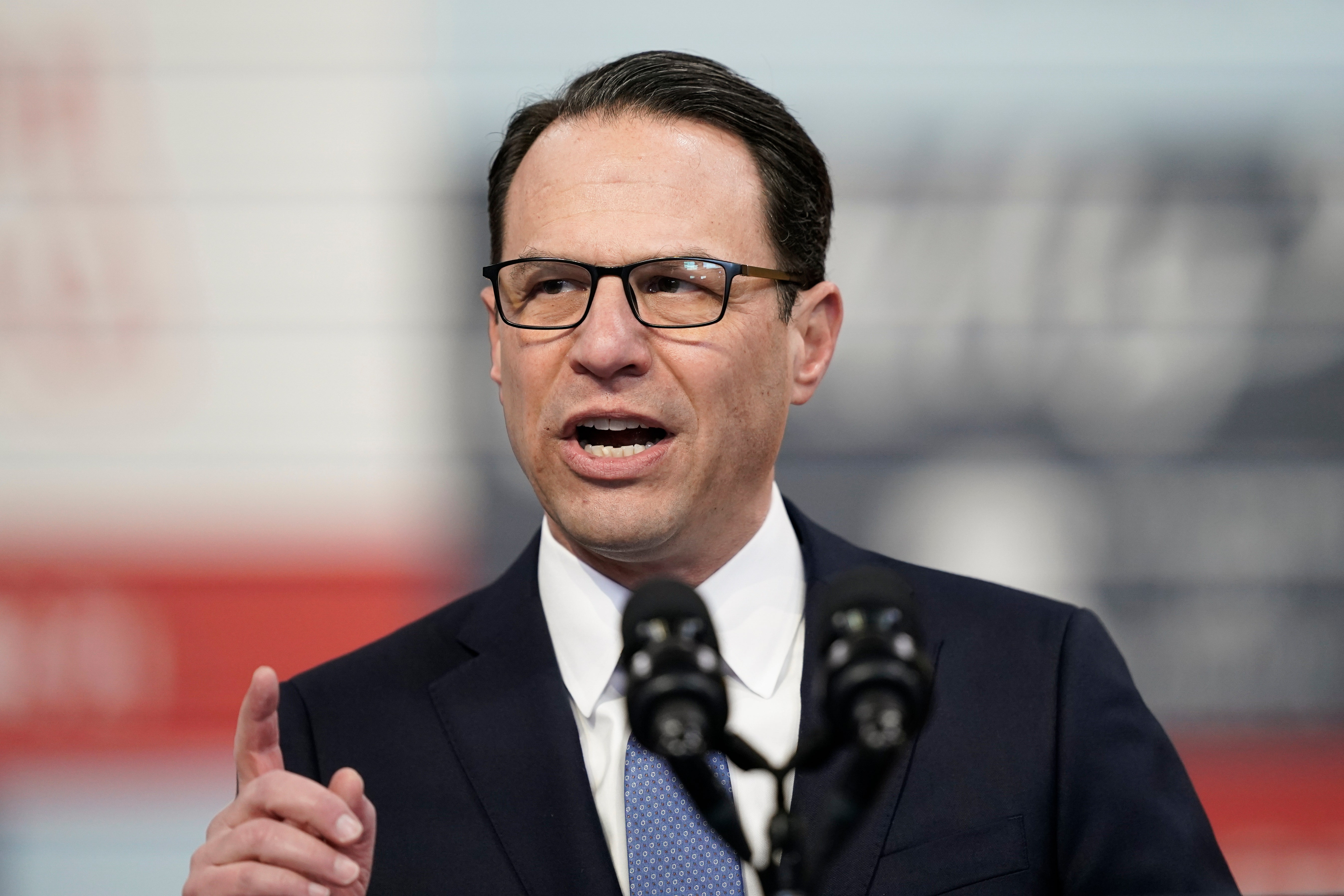The Chinese balloon that has made its way across the United States has raised a thousand questions about its true purpose.
But it also draws the world’s attention to the prospect that communications and control within the government of Chinese leader Xi Jinping and his vaunted security apparatus may be less coherent – or even less functional – than the image he is so confidently projecting .
The stakes are high today. Relations between Washington and Beijing have soured and competition between the two sides has intensified, fueling fears that a wrong move could spark an accidental confrontation between the powerful rivals.
The United States says the ship is an “altitude surveillance balloon”. China claims it was a civilian airship that went off course while collecting meteorological data. Whether the dinghy was there by accident or a brazen military stunt, its appearance raises questions about how China is managing its growing position as a global power.
“What has been particularly damaging to China, both internationally and domestically, are the questions this raises about competence and how they reinforce doubts about Xi Jinping’s leadership,” said Susan Shirk, a former deputy assistant secretary of state during the Clinton administration and author of a recently published book, “Overreach: How China derailed its peaceful rise.”
It’s unclear to what extent the incident was preventable, but it comes at a time when Mr Xi is believed to be at the peak of his powers, having shattered norms last year by securing and serving a third term national security a cornerstone his reign.
With Secretary of State Antony J. Blinken canceling his trip to Beijing, Mr. Xi missed an opportunity to counter the growing pressure Washington is putting on China Security relationships with partners across Asia and semiconductor technology limitations. That would have allowed Mr Xi to devote more attention to pressing domestic issues such as reviving China’s weakened economy.
The balloon incident follows other apparent miscalculations, including the arbitrary processing its at times suffocating “zero Covid” measures followed widespread protestsand his agreement to a borderless partnership with Russia just weeks before the invasion of Ukraine.
“It’s really quite paradoxical when you think about it because it’s the start of his third term,” Ms Shirk added. “He should be at his peak. And yet we see all this negative feedback.”
Understand China-US relations better
The two nations compete for influence on the global stage, maneuvering for advantages on land, in business, and in cyberspace.
Questions about Mr Xi’s judgment and that of his military and intelligence agencies are now clouding assessments of how China would deal with another crisis in a far more dangerous environment like that of the US heavily militarized Taiwan Strait – a foreboding scenario given the growing likelihood of a confrontation as Washington and Beijing remain locked in a great power rivalry.
In the past, the Chinese government was “flexible to adapt to a problem. They put economic development first,” Ms Shirk said. “That just wasn’t the case under Xi Jinping in recent years. This means that you cannot predict the future. That’s why we all feel like it’s a much more dangerous situation.”
This unpredictability appears to have extended to China’s recent response to the balloon, which was shot dramatically from the air by a US fighter jet on Saturday. After initially expressing regret over the emergence of the balloon, China hardened its stance on Monday.
Xie Feng, a deputy foreign minister, filed a protest with the American embassy in Beijing, berated the United States for destroying the ship and accused Washington of reversing progress on improving ties after Mr Xi and President Biden met in person in Indonesia in November.
“China strongly opposes this and strongly protests, and urges the United States not to take any further action that harms China’s interests and not to escalate or widen tensions,” the State Department said in a statement. Mr. Xie said China reserves the right to respond if necessary.
Despite the protests in Beijing, US Navy divers are there comb the water off the coast of South Carolina to recover the balloon parts.
For China, the spacecraft’s ill-timed flight and costly discovery over the continental United States indicate a lack of coordination between the country’s military and other government agencies, analysts say.
“It shows that the national security coordination process to prevent such incidents is not yet working as it should be,” said Drew Thompson, senior research fellow at the Lee Kuan Yew School of Public Policy at the National University of Singapore and a former U.S. defense officer.
There are other theories as to how this might have happened. China’s sprawling bureaucracy might just be too big to track the whereabouts of all of its high-altitude balloons around the world and anticipate when their locations might raise alarms. (Following a spate of reports in recent days, China admitted on Monday that another Chinese balloon is hovering around Latin America, also in error, according to Beijing.)
M. Taylor Fravel, director of the Security Studies Program at Massachusetts Institute of Technology and an expert on China’s military, said he believes the Chinese leadership would not have authorized the balloon’s flight to the United States had they known of its journey. in light of Mr Blinken’s visit.
“I can only speculate as to the intentions of the entity that launched the mission: they may have been unaware or unconcerned about political ramifications should they be discovered, or perhaps they carried out long-standing plans without heeding the diplomatic calendar.” said Mr. Fravel said in an email.
Mr Thompson said it was possible China’s military orchestrated the clapperboard as it would benefit from heightened and ongoing tensions with the United States. Surveillance balloons are believed to be operated by the People’s Liberation Army Missile Force, which is also responsible for China’s nuclear and conventional missile arsenal. Taiwan’s military confirmed last year that Chinese balloons hovering over the self-governing island were operated by the missile force, although the balloons were likely used for weather observation.
The Chinese military has surprised other parts of the government before. In 2011, the People’s Liberation Army conducted its first test of its new J-20 stealth fighter just hours before a meeting in Beijing between Secretary of Defense Robert Gates and Hu Jintao, the Chinese leader at the time. The test flight was interpreted as an attempt to undermine the visit, held to improve defensive relations. Mr Hu, who was a decidedly less powerful leader compared to Mr Xi, appeared unaware of the test as he was pushed by Mr Gates.
In another incident in 2007, China’s foreign ministry declined to comment for days successful anti-satellite missile test conducted by the Rocket Force then known as the Second Artillery Corps. The silence at the time underscored the secrecy of the Chinese military, which only disclosed tests of this type directly to Mr. Hu.
In all cases, the inability to get a glimpse into China’s mind – exacerbated by growing distrust between Washington and Beijing – has only added to the sense of volatility in the relationship.
“What the balloon incident completely reinforces is the complete lack of transparency in Chinese decision-making,” Mr. Thompson said. “This is a feature, not a bug of their system. And it will happen again. When events are fast-paced, government does not have nimble decision-making structures. They cannot communicate effectively during a rapidly evolving crisis, which really doesn’t bode well for the current effort with China.”





